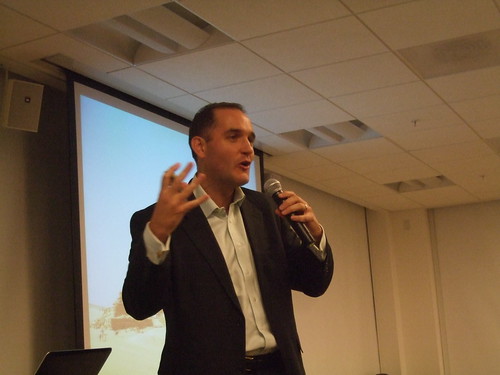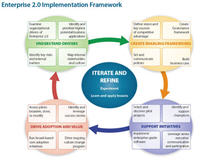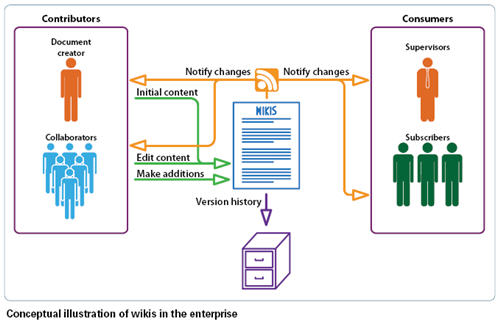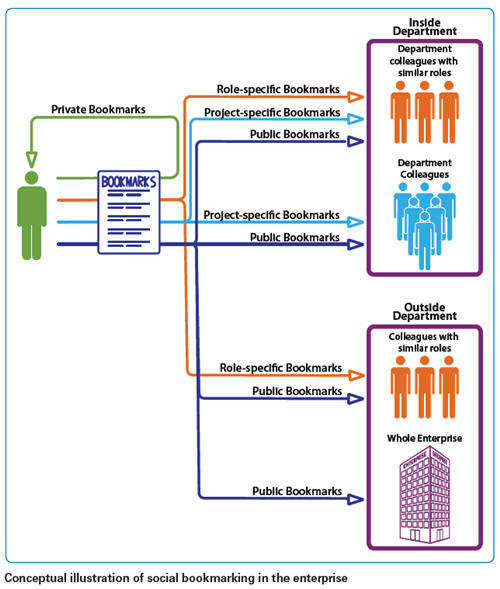To further the TED conference’s mission of promoting ideas worth spreading, it has established the TEDx program of independently organized TED events.
The global Advance network is running its first TEDx event on May 5 in San Francisco, where I will speak on the future of the enterprise.
See the full invitation and registration details here.
I will be drawing on the content and ideas from my recently launched book Implementing Enterprise 2.0, but also putting this in a far broader frame of what lies ahead for organizations of all kinds.
Melissa Vaarzon-Morel of Advance Global Professionals San Francisco Committee and TEDxAdvance creator will speak about the background of the event and global networks.
Following these presentation we will have a discussion, bringing to bear the fantastic insights of:
* Verna Allee, CEO, ValueNetworks.com and author, The Future of Knowledge
* Sam Diaz, Senior Editor, CBS Interactive
The event will be held courtesy of CBS Interactive at their San Francisco offices on Second Street, with Atlassian kindly sponsoring wine and appetizers.
Click here for more information and to register. I hope to see you there!
If you can’t make it the event will be streamed live here.
About TEDxAdvance
In the spirit of ideas worth spreading, TED has created a program called TEDx.
TEDx is a program of local, self-organized events that bring people together to share a TED-like experience. This event is call TEDxAdvance, where x=independently organized TED event. At the TEDxAdvance event, live speakers will spark deep discussion and connection. The TED Conference provides general guidance for the TEDx program, but individual TEDx events, including this one, are self-organized.




